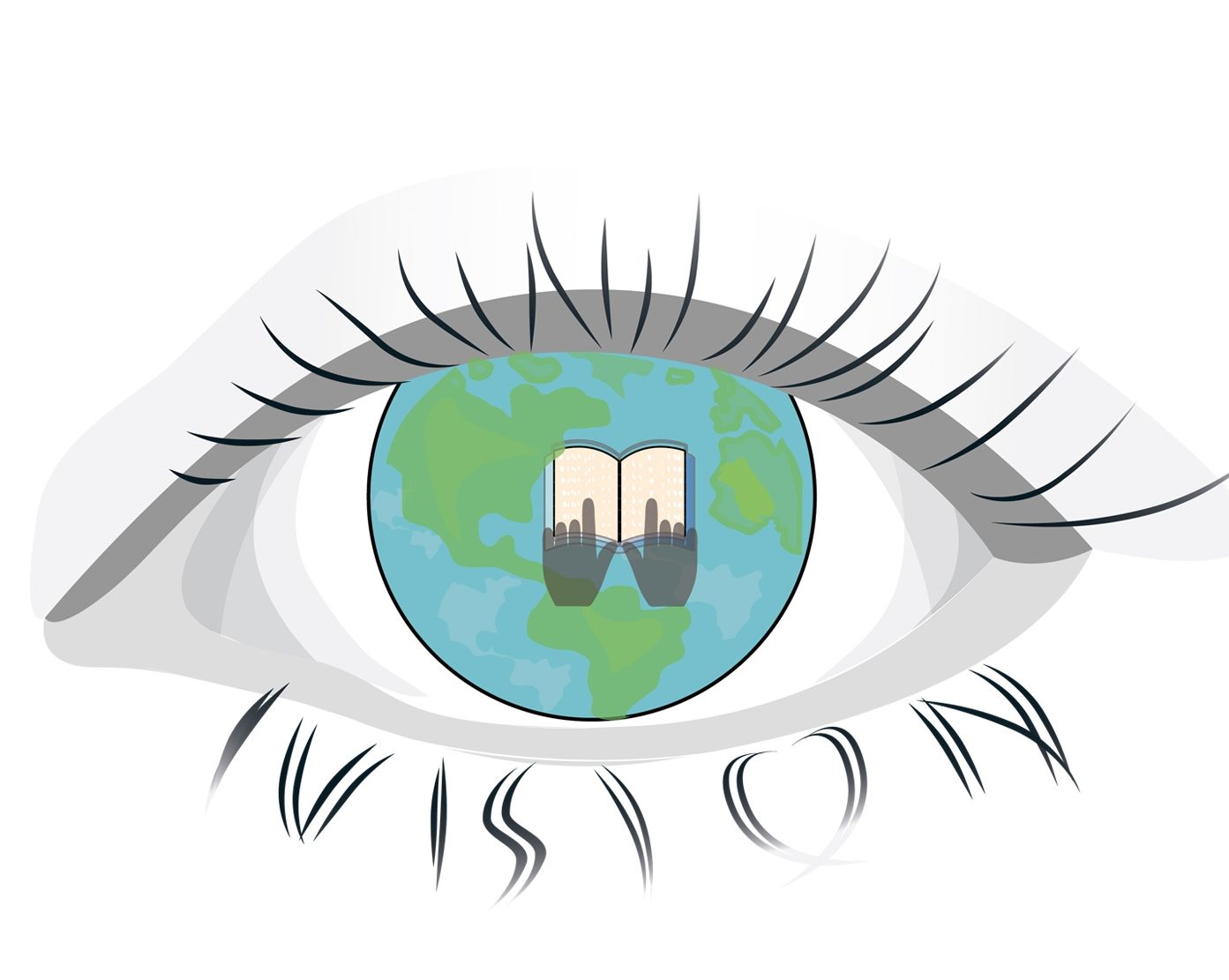Art is a medium of versatility, it is a medium of expression connecting language, time and culture.
Blind and partially sighted people have also experienced art through recorded commentary, audio descriptions and from explanations by their friends and family in real time. It is believed that blind people have profundity and rich experiences of art than those of sighted people.
Through various ways art is becoming accessible for the blind community; due to the materials and techniques used in the picture.
• 3D printing of fine art: 3D printing is making touchable forms of craftsmanship and art. People with low vision can now feel iconic work of artists through touch. 3D Photoworks is a company by John Olson that creates tangible versions of modern photography and historical paintings with 3D printing. Their inclusive art work is also presented in the famous museums. Their aim is to provide accessible option for art lovers who are partially or fully blind.

• Incorporating Braille into visual art: Roy Nachum, a New York based artist have incorporated braille in his art pieces to make it accessible for the visually impaired and to celebrate blind culture. He calls his work “visual art for the visually impaired.” Another speciality of Nachum art work is that it is delicately covered in ash, which leaves unique marks and fingerprints on his work for a blind person as they read the braille message on the art piece. These prints is a sort of documentation of human contact with his work.

• Extra-textured paintings for inclusivity: It is a technique to create a piece of art by layering paint. John Bramblitt, used this technique to change the way of art and color for better. To create an appealing piece of art for the blinds, he use thick layer of paint in his paintings. It is a low-tech way to provide similar experience of art to the visually impaired as people with the normal sight feel and experience.

• Tactile art that welcomes touch: Andrew Myers, creates art work to challenge the phrase that we hear while visiting any museum and art gallery; “Please, don’t touch the art”. He utilizes screws of different heights to make topographic art like pictures by embedding the screws in to wooden sheets to create a picture to appear with holes and sections. His work is of mass interest for blind individuals and for people with low vision who can feel his portraits through touch.

• Tactile tours of museums and galleries: Tactile tours by museums The Louvre in Paris, and the Metropolitan Museum of Art, and the Guggenheim in New York have tear down the mantra of “look, but don’t touch”; by inviting people with low vision and blinds to feel the art and see it with their brains by touching the replicas of renowned artworks.

Inspiration taken from: www.mashable.com
